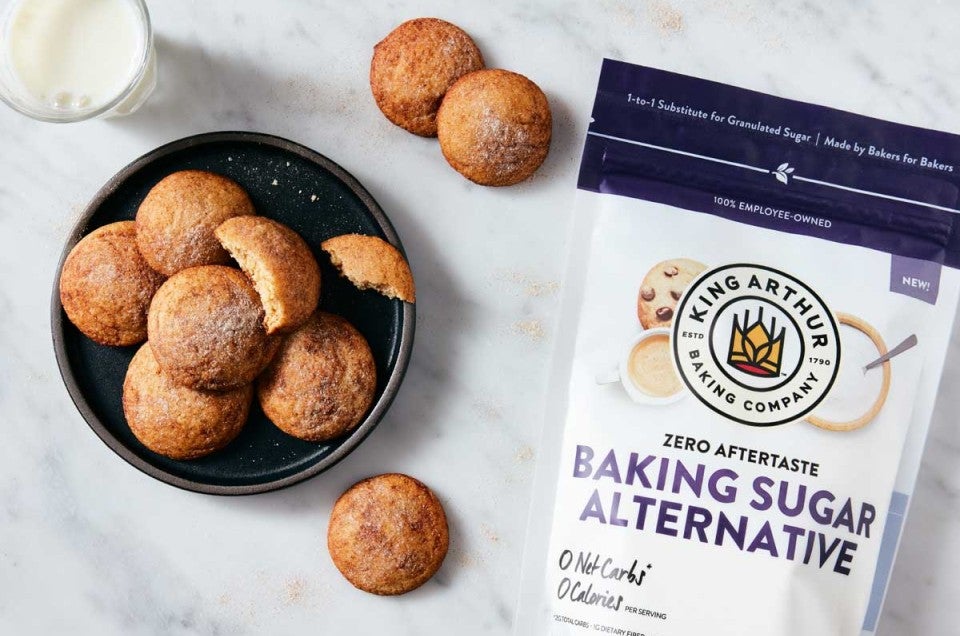


I suspect many (dare I say most?) of us bakers love our sweets and desserts, but inwardly bewail their high calorie count. For decades I’ve longed to make homemade cookies or cake with the level of sweetness I love — but many fewer calories. Unfortunately, “lower-calorie sweet dessert” has always been an oxymoron: opposites colliding. Until the introduction of our new Baking Sugar Alternative.
Back before we introduced this new sugar alternative, I tested a couple of available sugar replacements designed for baking: Swerve® and Truvia® Cane Sugar Blend. But after comparing them against plain granulated cane sugar, I was disappointed both in their taste and performance. Here’s what I concluded from my cane sugar/sugar replacement tests:
“At the end of the day, sugar replacements deliver sweet flavor but contribute nothing to structure (and therefore texture). Claims on their packaging notwithstanding, neither Swerve nor Truvia Cane Sugar Blend 'bake[d] like sugar' in the recipes I tested. In summary, until something better comes along, I think simply reducing the amount of granulated sugar in your favorite baked goods yields better results than using an alternative sugar.”
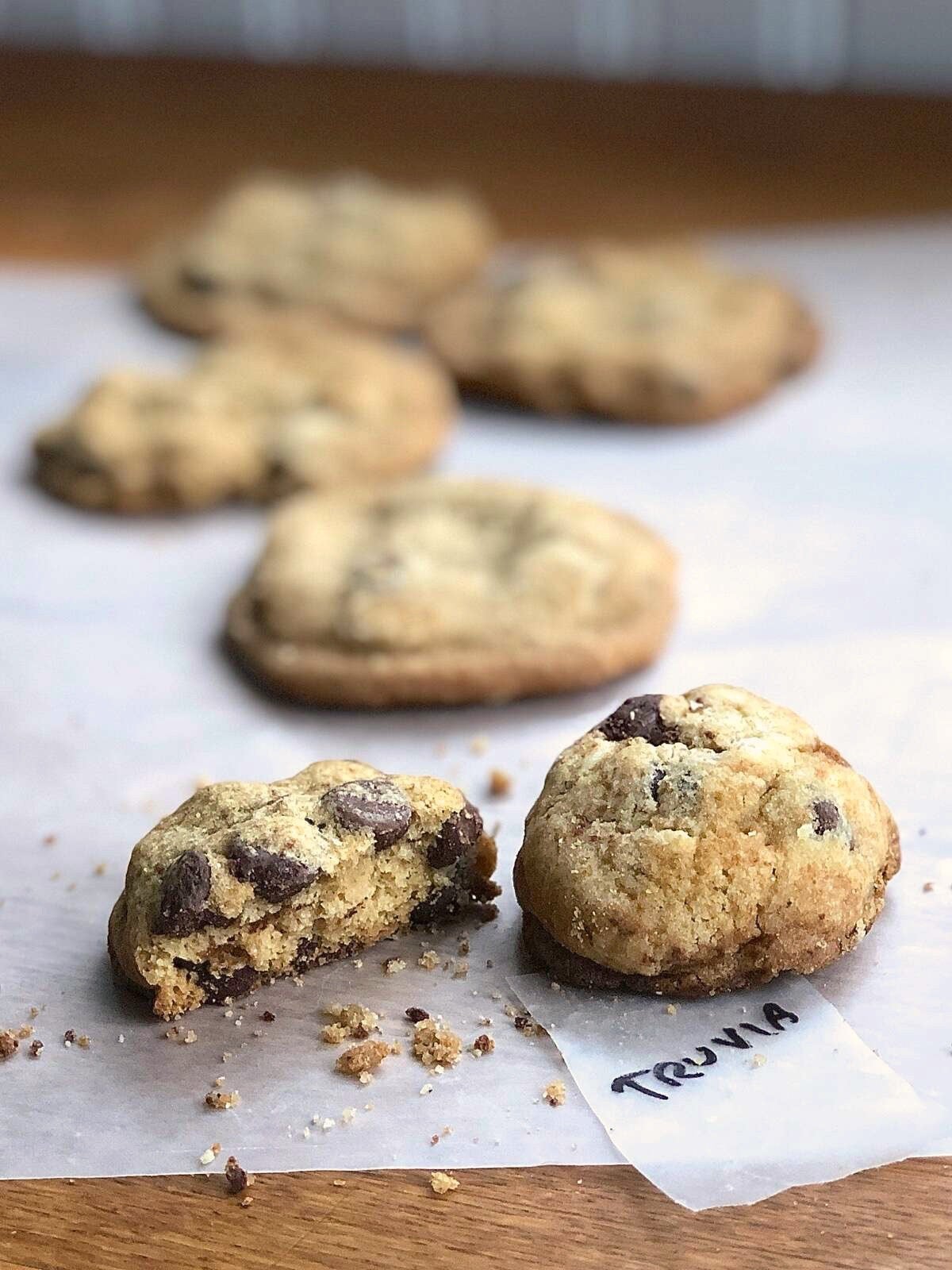
HA! Guess what? Something better HAS come along — a sugar replacement that not only tastes like normal sugar (no unpleasant aftertaste), but also comes close to matching the texture of treats made with regular cane sugar.
Introducing King Arthur Baking Company’s Baking Sugar Alternative: the best way yet to cut the calories and carbs of cane sugar in your cookies, cakes, brownies, and more!
Why is a company best known for its flour stepping into the world of sugar? Frankly, because so many of you contacted us looking for an alternative to the sugar replacements currently on the market: they just weren’t working well in your baking.
As our new name — King Arthur Baking Company — reflects, baking (not just flour) is our stock in trade. Sugar is a major part of many peoples’ baking, and for those looking to lower their sugar carbs and calories, a replacement that actually works is a much sought-after ingredient.
After many months of research, thoughtful experimentation, recipe testing, and tasting, our innovation and test kitchen teams have come up with Baking Sugar Alternative (BSA), a leading-edge ingredient that we know you’ll love. Check out some of BSA's key attributes:
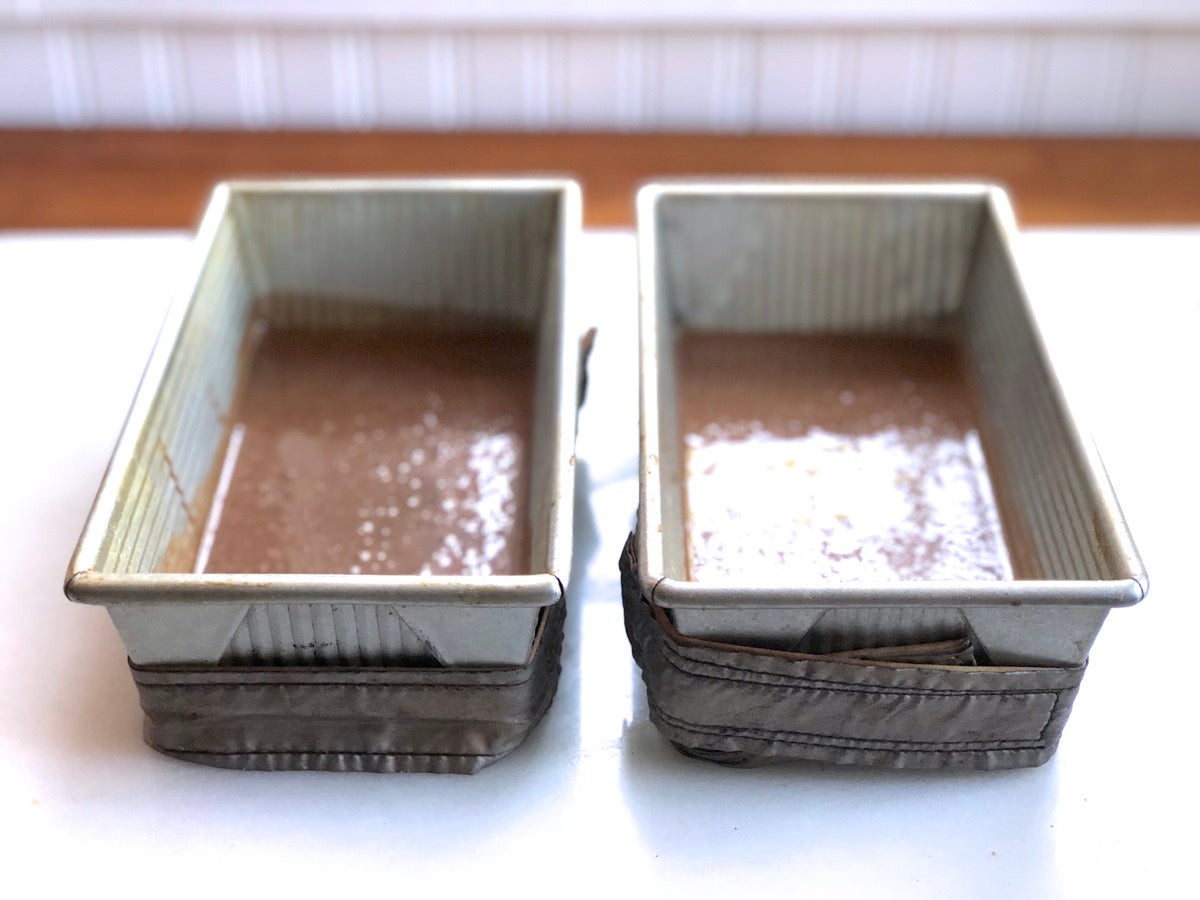
One of the key things you'll want to know is exactly how to substitute Baking Sugar Alternative for granulated or brown sugar. Thankfully, it's easy:
Substituting for confectioners' sugar is a bit different, since confectioners' sugar is a finer grind and dissolves more easily. Here's how to substitute for confectioners’ sugar:
When your recipe calls for confectioners’ sugar as a baking ingredient: Substitute an equal amount of BSA by weight; or two-thirds the amount of BSA by volume (e.g., substitute 2/3 cup BSA for 1 cup confectioners’ sugar).
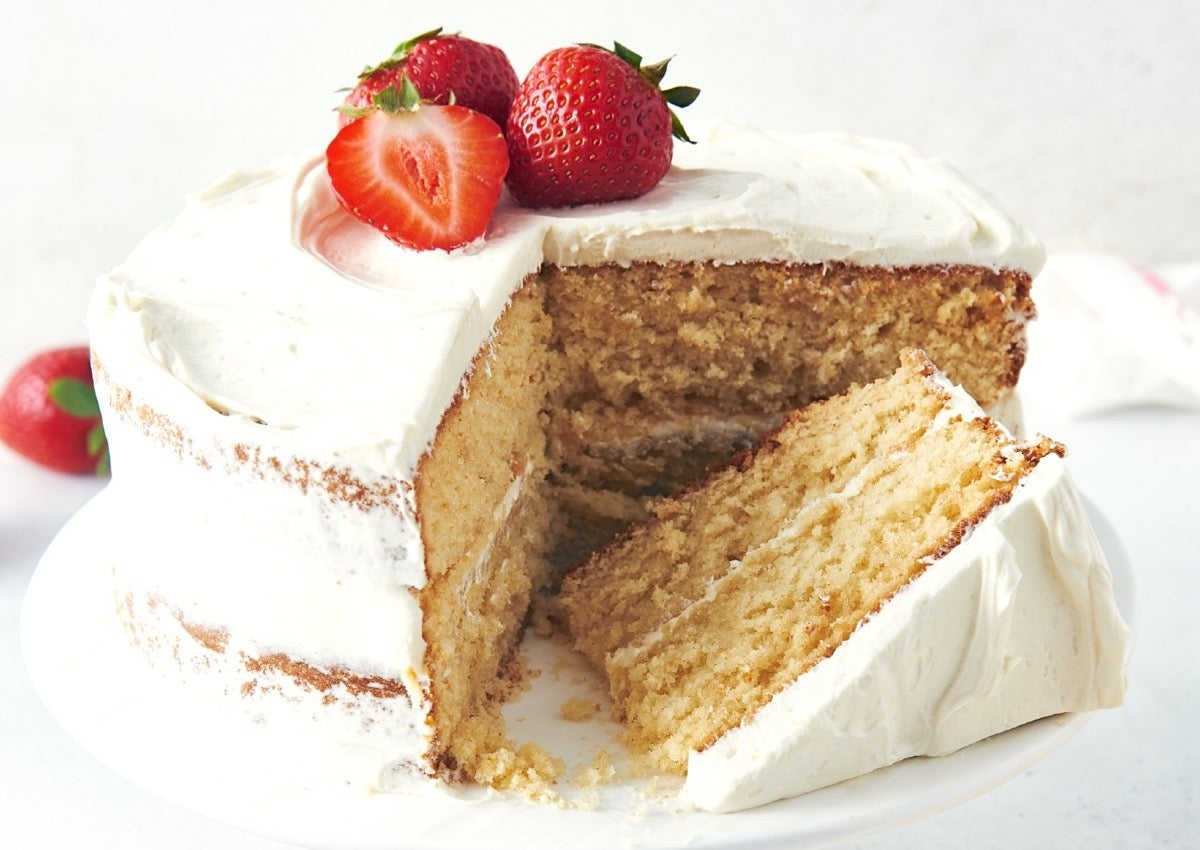
When your recipe calls for confectioners’ sugar as a frosting or unbaked filling ingredient: Since BSA won’t easily dissolve like confectioners’ sugar, when using it in frosting or unbaked filling we recommend a recipe where the sugar is dissolved before adding the fat, e.g., Swiss Buttercream.
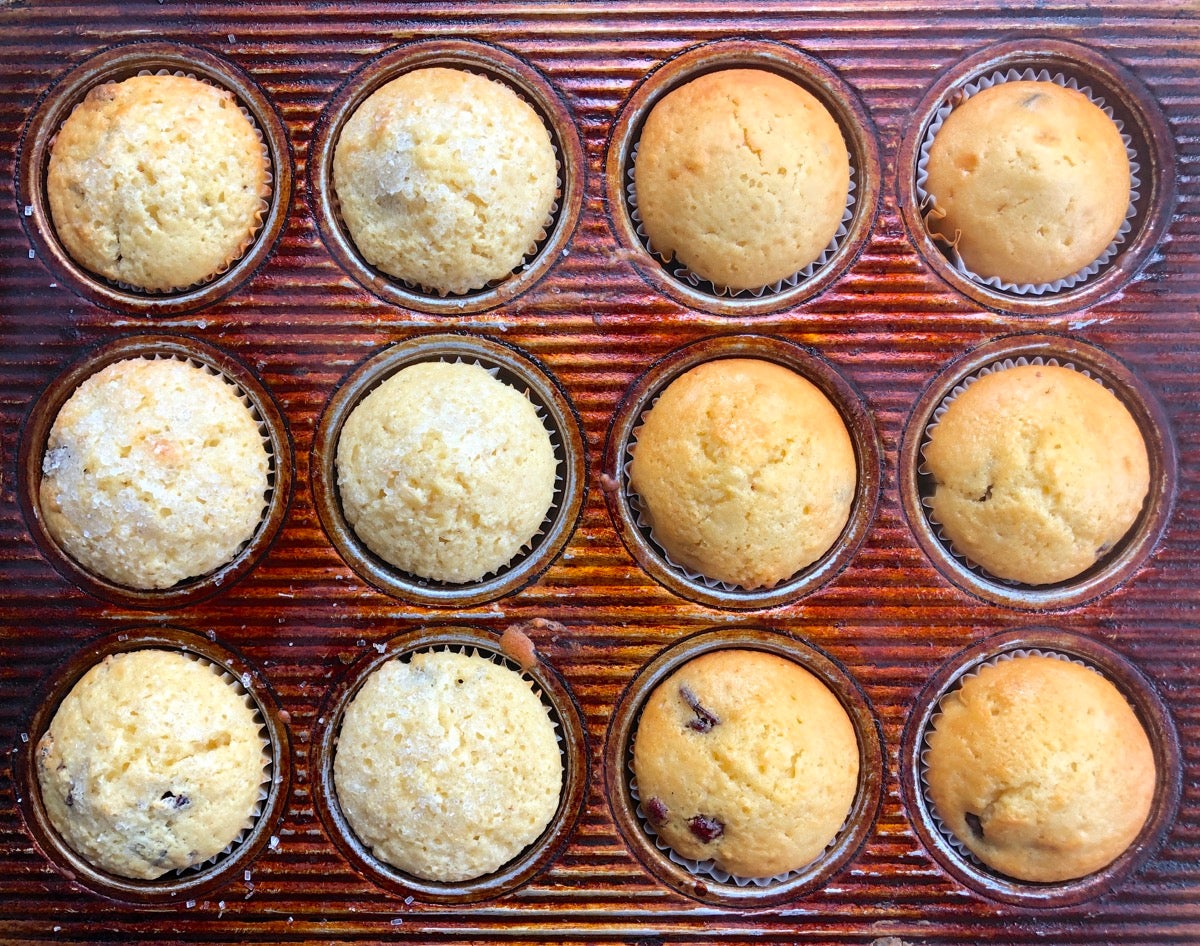
Baked goods made with BSA may brown more quickly. Here's how to deal with this tendency:
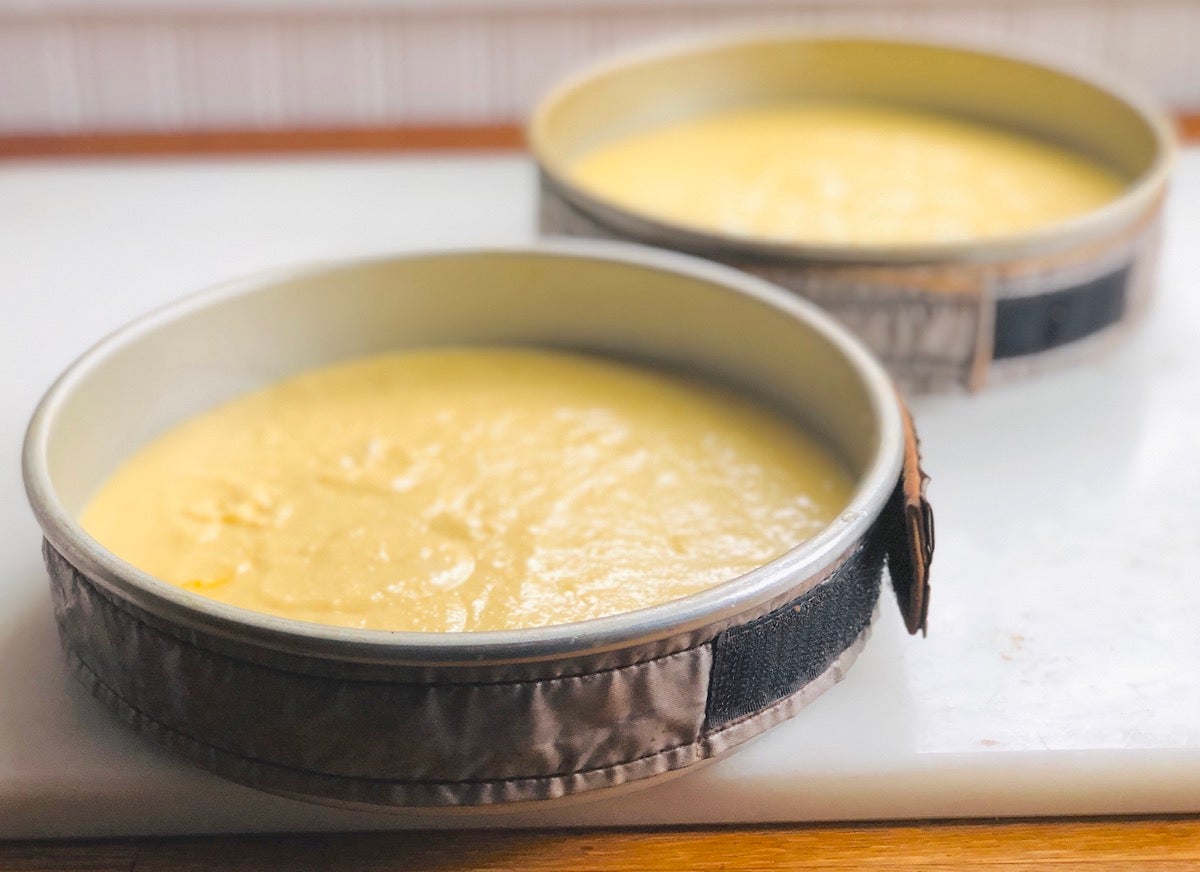
These zero-sugar treats will taste less sweet than those made with granulated sugar — which isn’t necessarily a bad thing, as less sweetness often allows the flavor of other ingredients (butter, spices) to shine through.
Lower-sugar baked goods (scones, muffins) made with BSA will probably exhibit texture identical or quite close to that of versions made with sugar. But in baked goods with lots of sugar, you’ll almost certainly see a textural difference: cookies will spread a bit less and will be soft, not crunchy. Brownies and bars will be more cake-like than gooey.
If you find yourself craving a sweeter taste, you can try adding a bit more BSA. But do so mindfully: the more BSA you use, the darker and more quickly your baked goods will brown, and the more pronounced any textural changes will be.
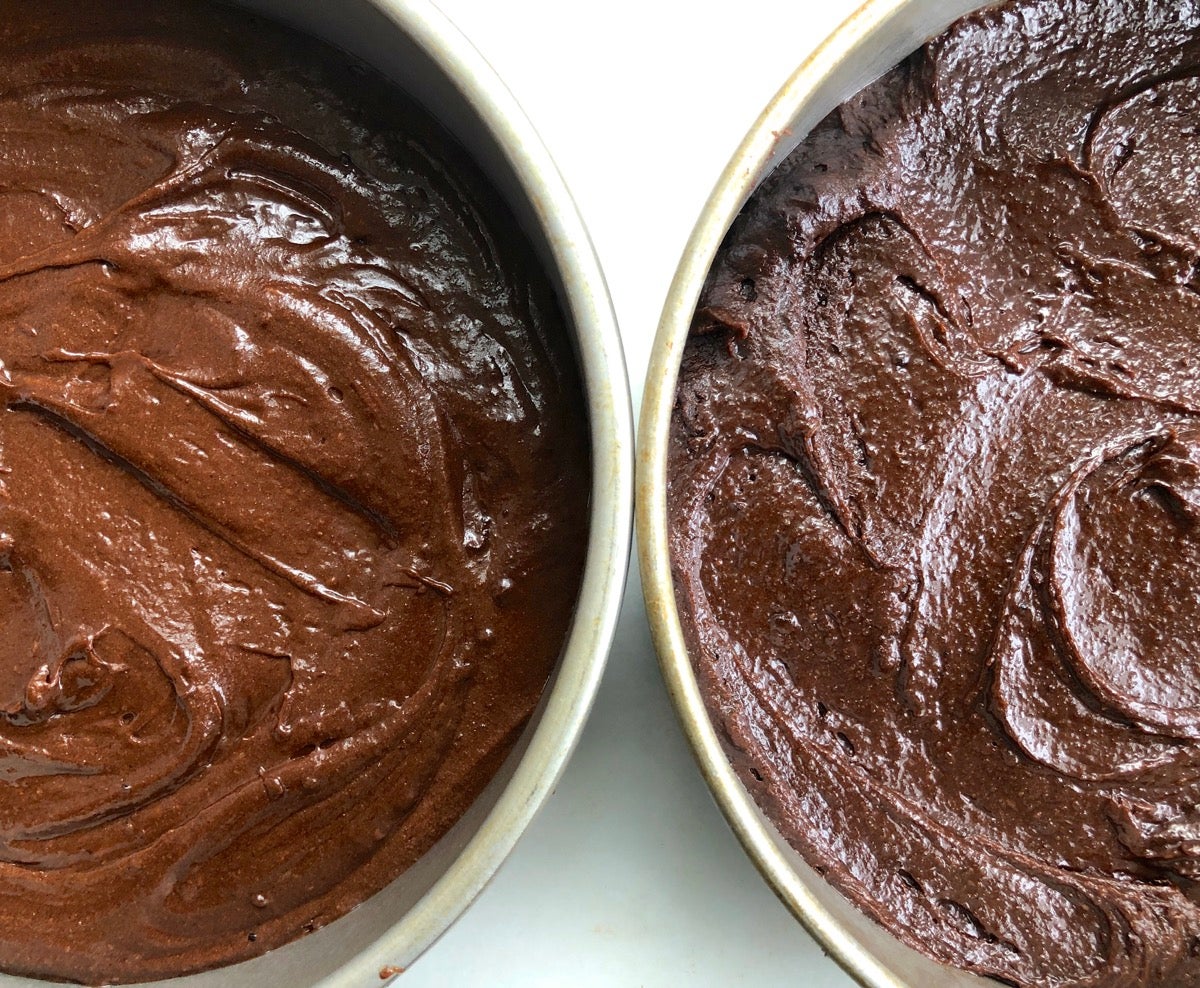
The best way to assess our Baking Sugar Alternative is to test it in a variety of recipes side by side with the original cane sugar version (the “control”). In each of the following recipe tests, I divided the recipe in half and used BSA in one half, cane sugar in the other. I used the same mixing method, pan, oven temperature, and baking time for both. At the end of each assessment, I note other familiar baked treats that should yield similar results when made with BSA.
Let’s start with a major challenge: removing the standard sugar from a high-sugar treat — fudge brownies.
Our Quick and Easy Fudge Brownies check in with a baker’s percentage of 289% sugar, which means there’s almost three times as much sugar (by weight) in the recipe as flour.
Baker's tip: Wondering what in the world is baker's percentage? Check out our blog post on baker's percentage for a quick explanation.
Why does this matter? Because cane sugar is essential for the texture of many baked goods, and the higher the percentage of sugar, the greater effect its absence has on the texture of not just brownies, but cake, cookies, and other baked goods on the sweeter side. Cakes made with reduced sugar may be tough and rubbery and not rise well; cookies may sit like a lump on the pan, not spreading into beautiful rounds.
Keeping this in mind, how will BSA work in recipes calling for granulated sugar and brown sugar? Let’s find out.
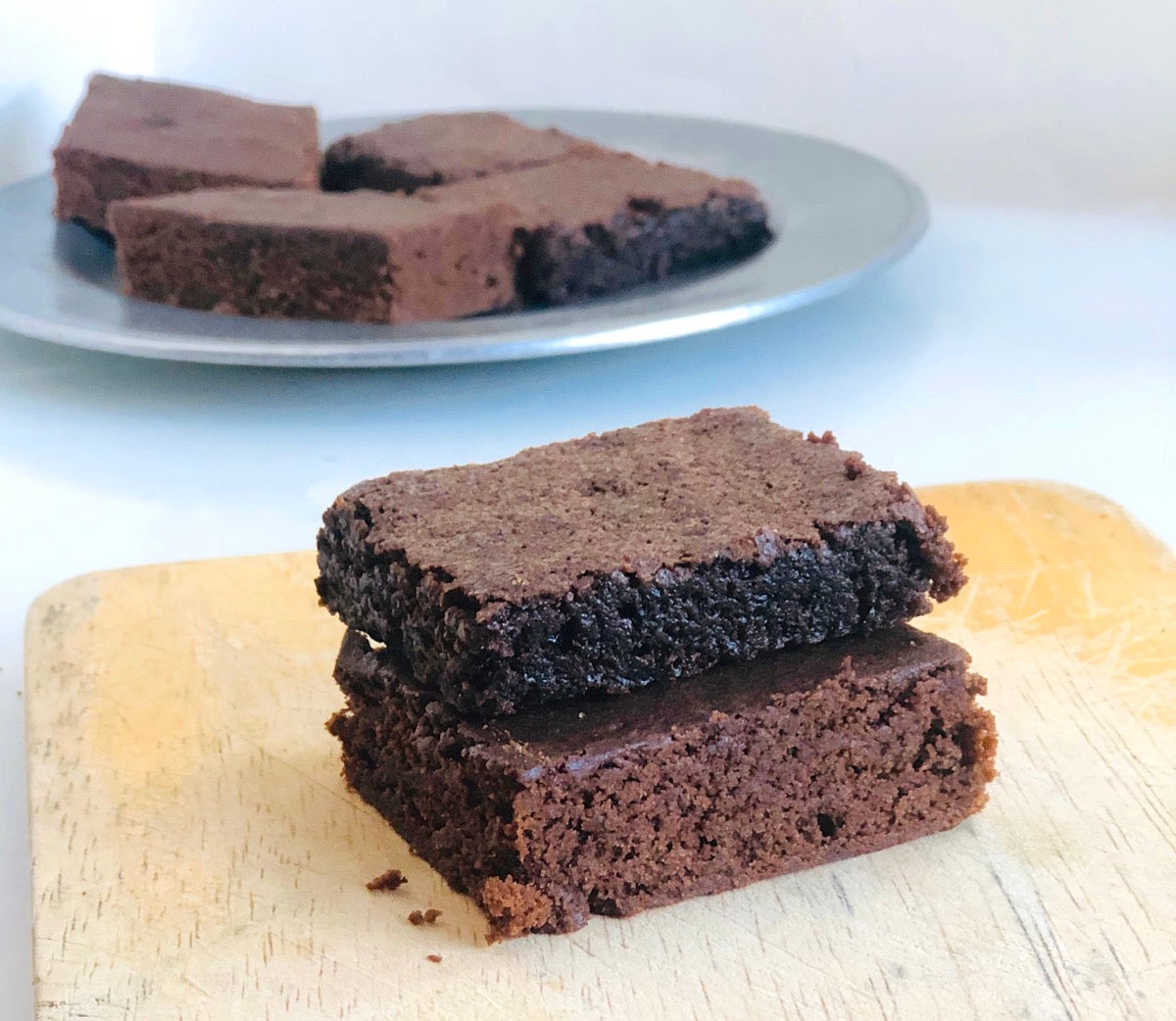
These one-bowl brownies come together in a flash. Served with a scoop of cold-brew coffee sorbet, they’re my go-to “unexpected company’s coming” dessert.
Batter: BSA batter is creamier looking and a bit lighter colored; the control is a touch gritty.
Rise: BSA brownie rises a bit more.
Texture: BSA is a good cakey brownie, with a hint of fudginess around the edges. The control is dark, dense, and gooey, a typical fudge-style brownie.
Flavor: BSA brownie is milder flavored overall; the control is an in-your-face dark chocolate experience.
Results with other replacers: Compared to BSA, Quick and Easy Fudge Brownies made with Swerve or Truvia Cane Sugar Blend are hard, dry, crumbly, and bitter-tasting.
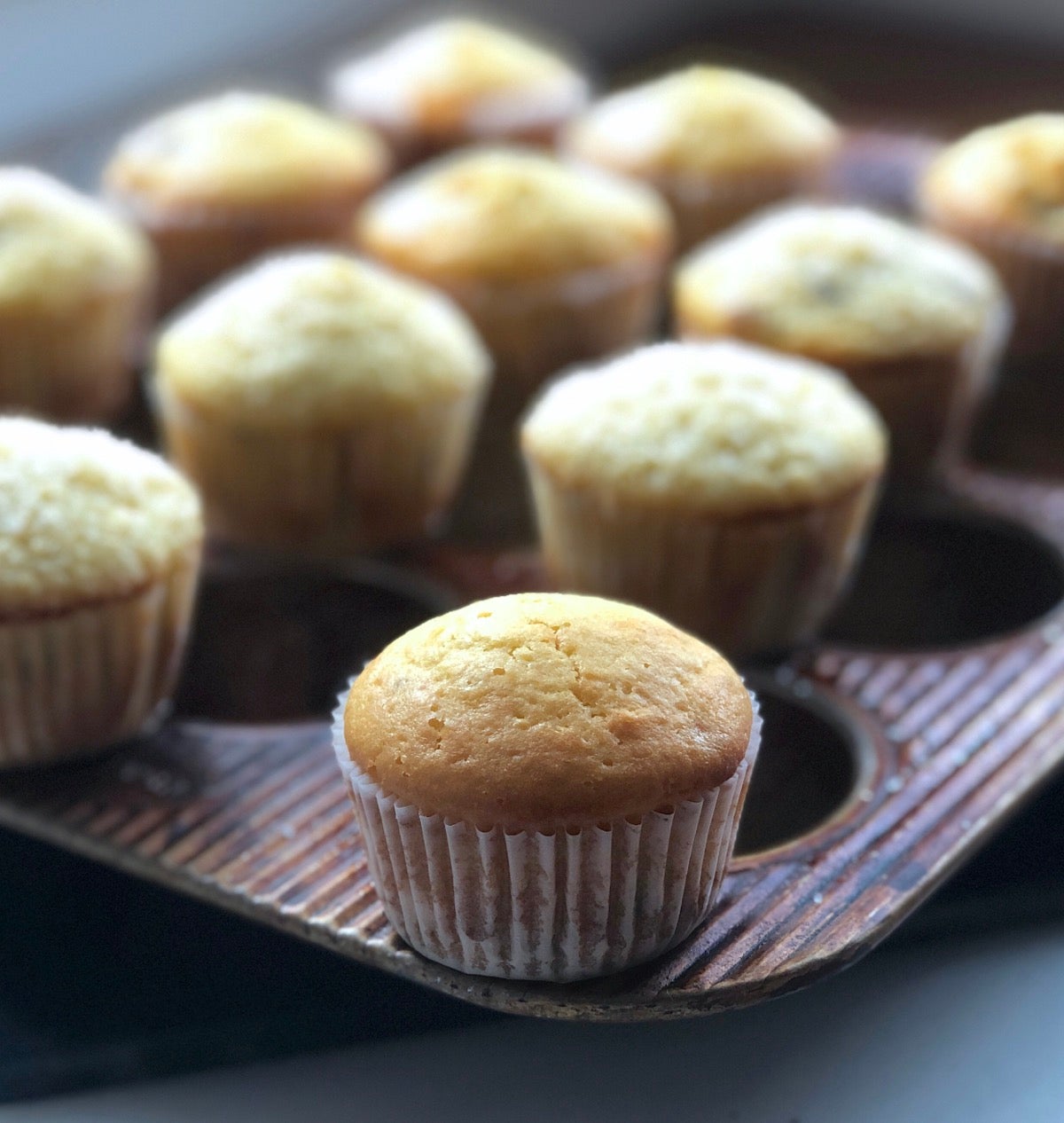
After throwing down the gauntlet immediately with brownies, I decided to put BSA to a much less challenging test: Basic Muffins, a less-sweet treat made with just 47% sugar. For interest I added some dried cranberries and chocolate chips.
Batter: Identical
Rise: Identical
Color: BSA muffins are noticeably browner, actually presenting a more pleasing appearance than the control muffins.
Texture: Virtually identical: moist, medium tender, with the somewhat coarse crumb typical of stir-together muffins.
Flavor: BSA muffins taste less sweet; the add-ins help make up for this reduced sweetness.
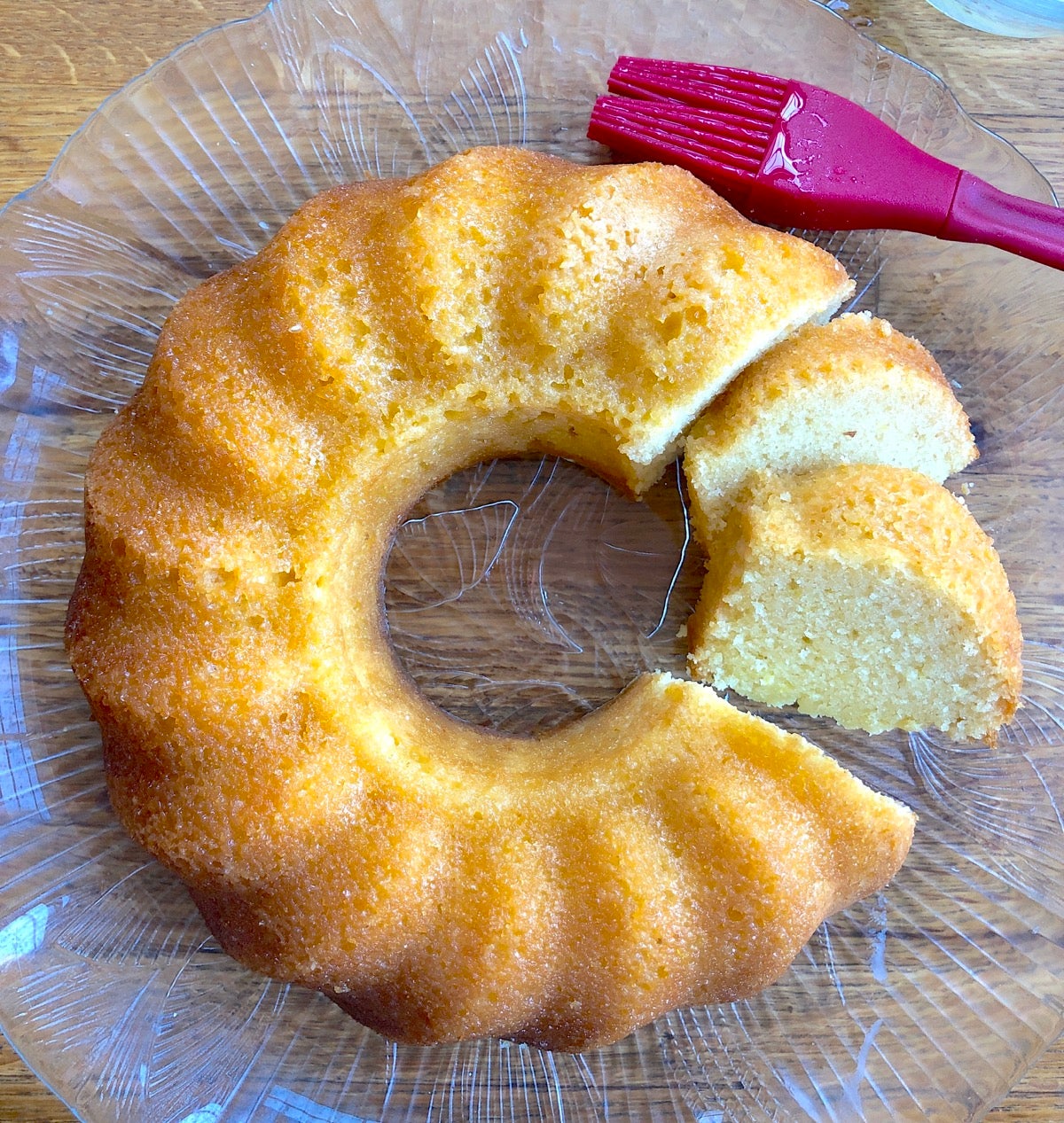
Our 2018 Recipe of the Year is a cake that requires “creaming” (beating) butter and sugar together to incorporate air into the batter and provide a strong rise. The resulting cake is moist, high-rising, and tender without being crumbly.
Batter: Creaming the BSA and butter into a fluffy mass went better than expected. Once creamed, the control batter was easier to work with: eggs were absorbed more quickly, and the final batter was smoother. But the mild lumpiness of the BSA batter didn’t translate in a negative way to the final product.
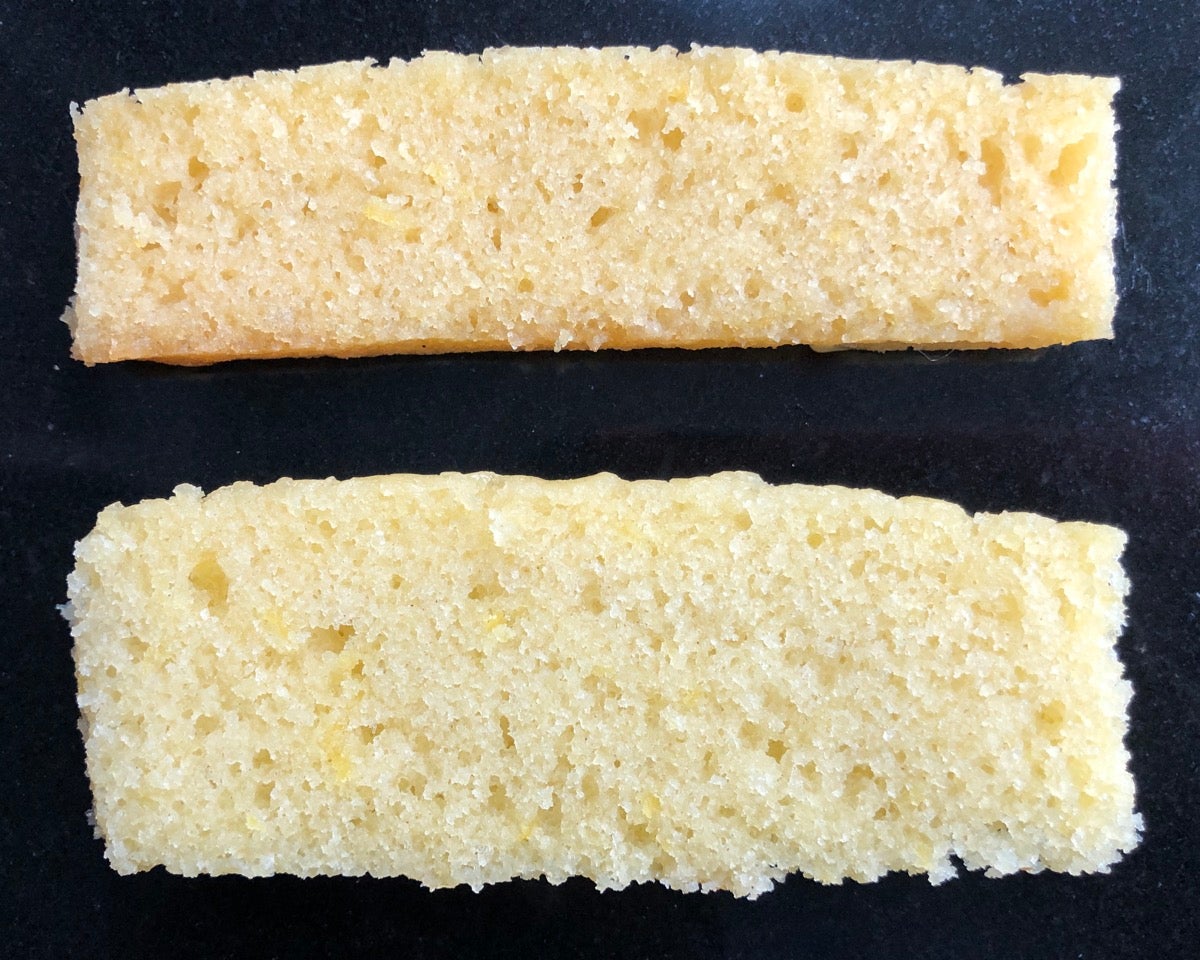
Rise: The control cake rises 50% higher (1 1/2”) than the BSA cake (1”).
Color: BSA cake is slightly darker.
Texture: BSA cake is a bit denser.
Results with other replacers: Compared to BSA, Lemon Bliss Cake made with Swerve or Truvia Cane Sugar Blend is lower-rising, dense, hard, somewhat dry, and unpleasantly rubbery.
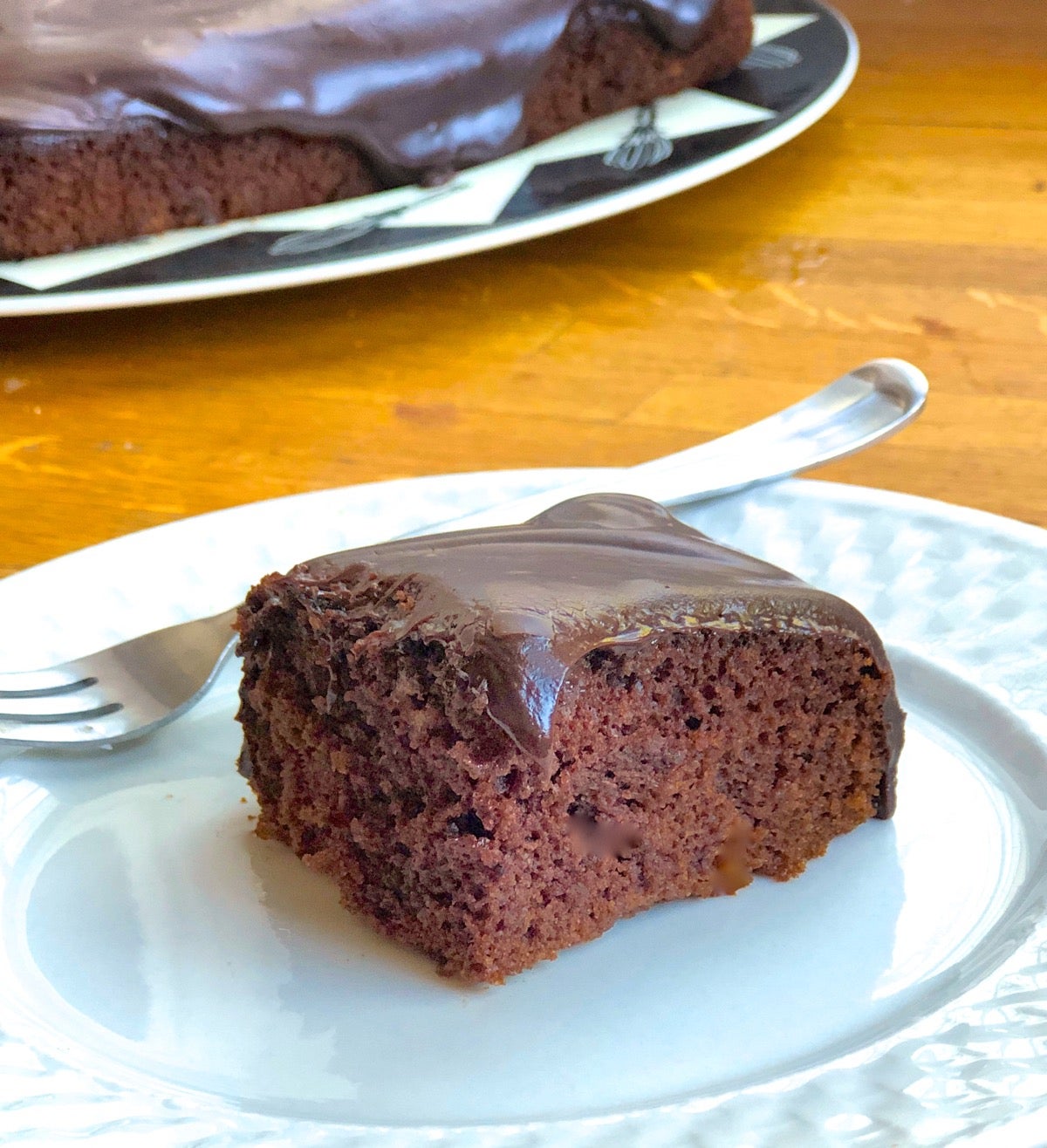
This classic one-bowl cake is so simple its batter can be stirred together right in the baking pan — although these days I opt for a mixing bowl (less messy). Soft yet sturdy, this dark chocolate cake is tasty enough to serve without frosting.
Batter: Identical
Rise: The control cake rises 17% higher (1 1/2”) than the BSA cake (1 3/8”).
Color: The BSA cake’s interior is noticeably lighter-colored.
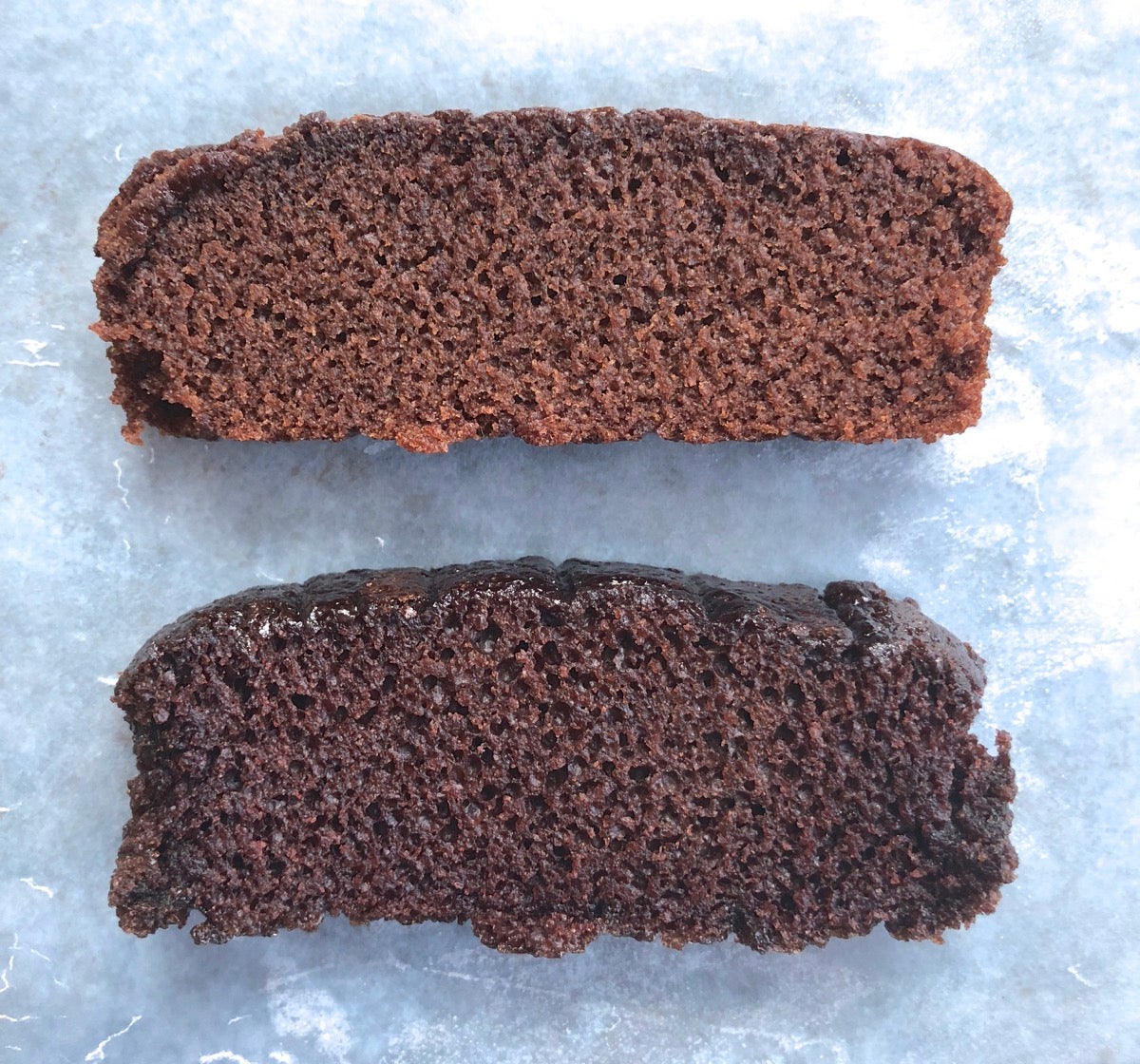
Texture: Nearly identical; both cakes are moist and tender, with the BSA cake showing slightly finer grain.
Flavor: BSA cake is less sweet, but still sweet enough to enjoy without frosting.
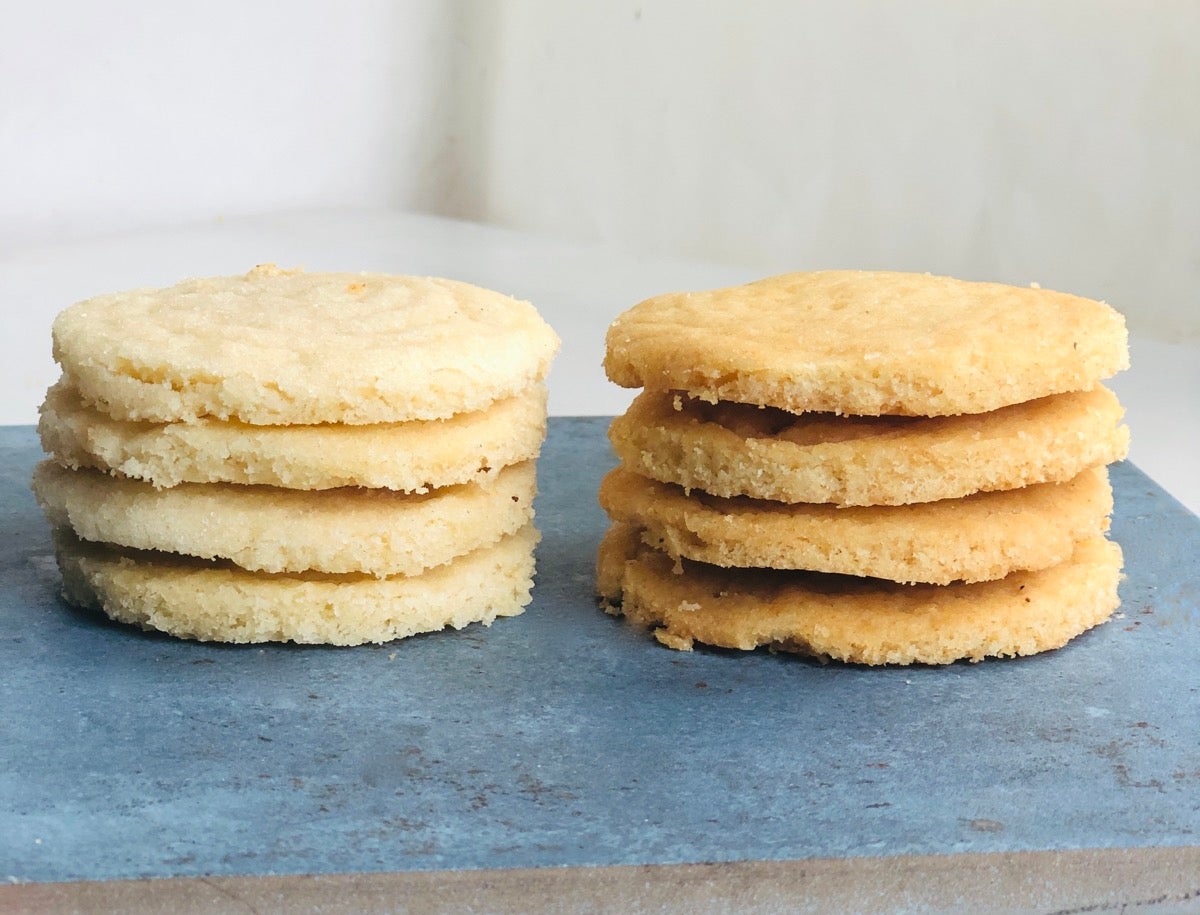
These old-fashioned soft cookies, with their touch of crispiness at the edge, are melt-in-your-mouth good.
Dough: BSA dough is slightly softer.
Spread: Identical
Color: BSA cookies bake to a deeper golden brown.
Texture: Identical
Flavor: BSA cookies taste less sweet — and without other competing flavors or add-ins, this lessened sweetness is quite noticeable. If you like lower-sugar cookies, ones where the flavors of butter and vanilla shine through, you’ll enjoy these.
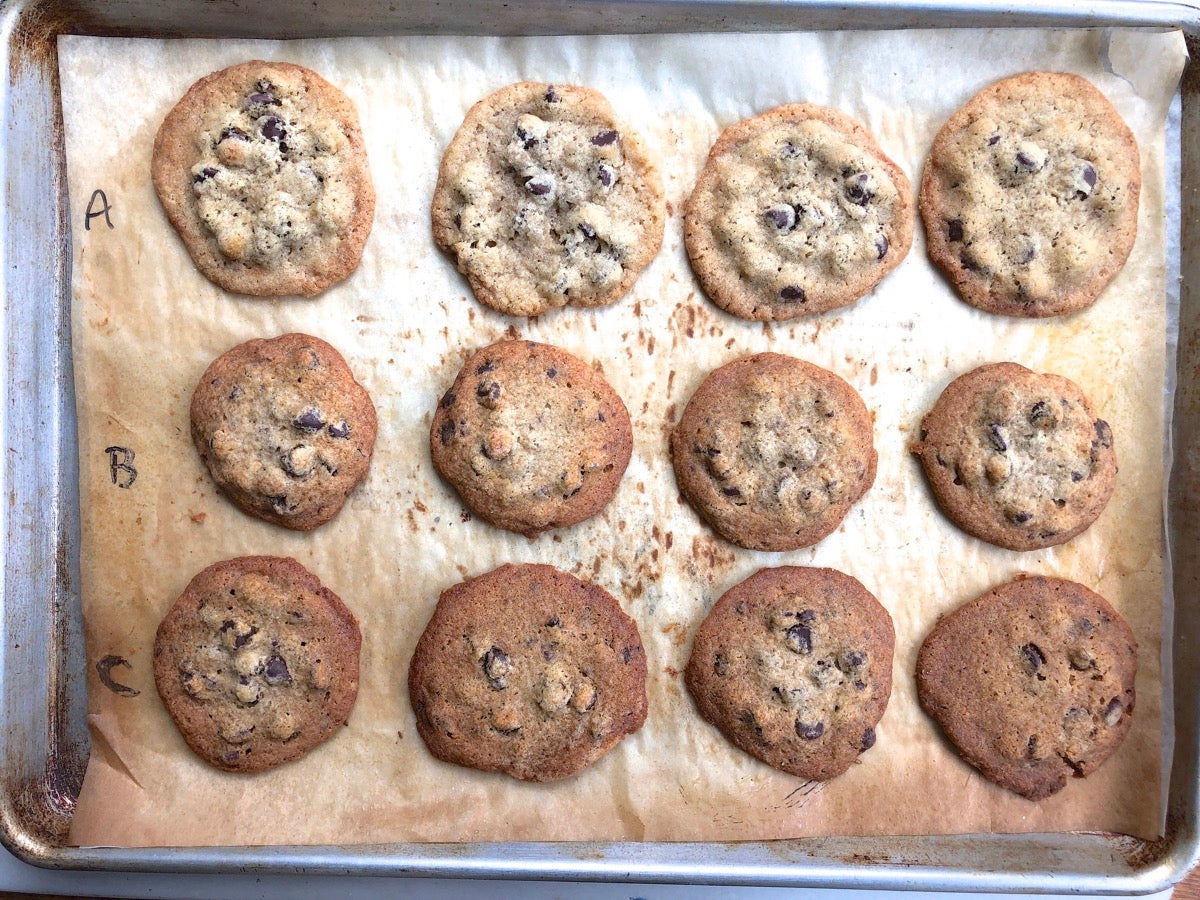
One caveat of our Baking Sugar Alternative: it shouldn’t be used for crunchy cookies, as it bakes up soft. Well, what rule-breaker can resist a challenge like this?
My favorite recipe for Chocolate Chip Cookies, one I’ve made hundreds of times, yields a cookie that’s crunchy around the edges — or baked longer, crunchy all the way through (which is my preference). Let’s see how BSA performs in these cookies.
Dough: BSA dough is slightly stickier but also smoother, exhibiting none of the slight grittiness of the control dough.
Spread: Control cookies spread about 14% more (3 1/2”) than the BSA cookies (3”).
Color: BSA cookies are noticeably (but not unpleasantly) darker.
Texture: BSA cookies are soft and a bit bendy, somewhere between cakey and chewy.
Flavor: BSA cookies are slightly less sweet than the control, but the presence of chocolate chips mitigates this flavor difference.
Results with other replacers: Compared to BSA, Chocolate Chip Cookies made with Swerve or Truvia Cane Sugar Blend spread barely at all; they're cakey and somewhat dry.
If you’re a bit hesitant to jump feet-first into the world of baking with a sugar replacer, try wading in gradually. Replace 25% of the sugar in your chocolate chip cookies with Baking Sugar Alternative. Enjoy the result? Next time, increase the BSA to 50%. Eventually you’ll find your own sweet spot, a level it’s easy to stick to. And isn’t consistency the key when counting calories and carbs?
Check out these new recipes on our site calling for Baking Sugar Alternative — Yellow Cake, Blueberry Doughnut Muffins, Swiss Buttercream Frosting, and Gluten-Free Almond Brownies.
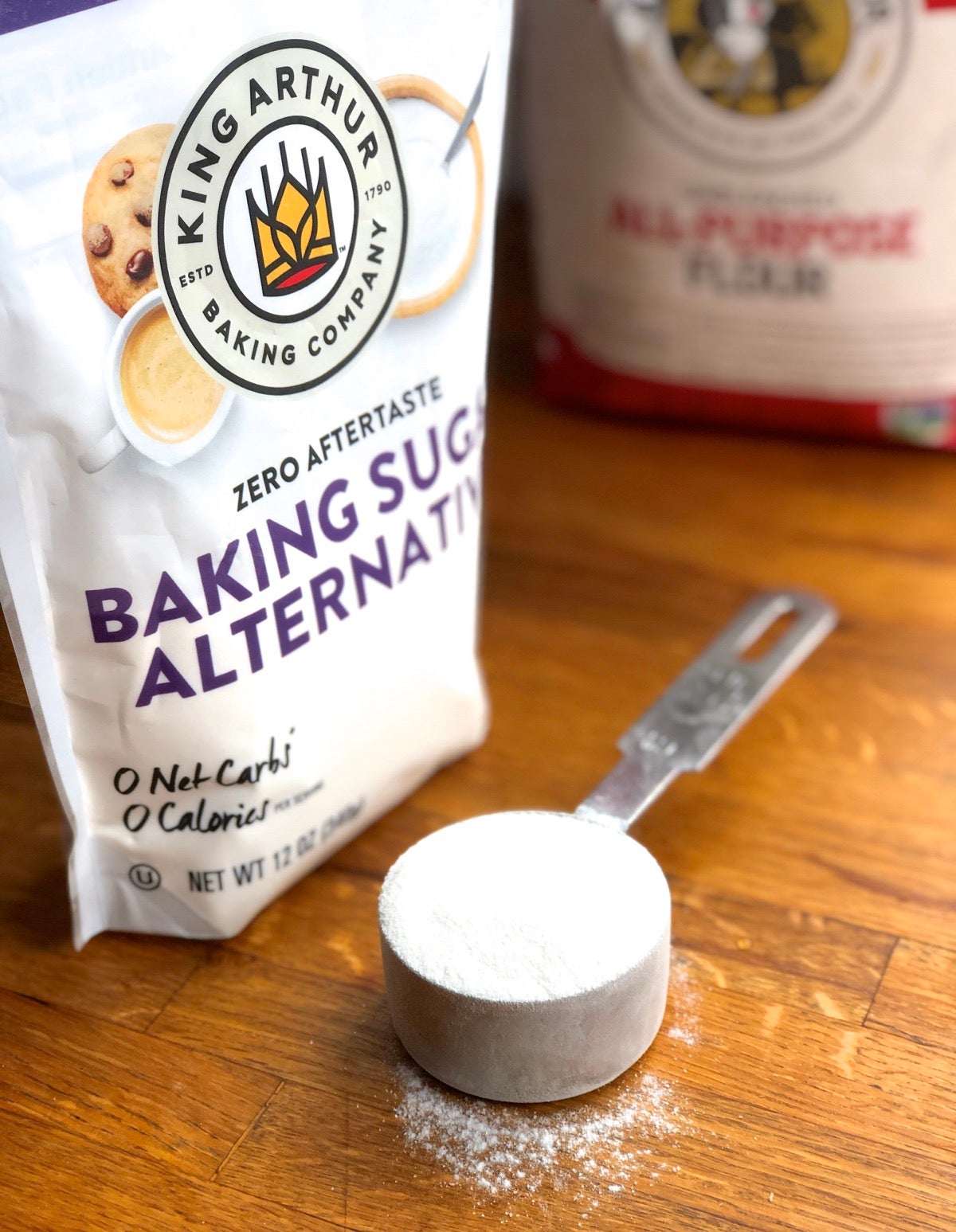
Cover photo by Rick Holbrook